I just started learning database and I'm confused with using one to many vs many to many relationship.
so I came up with a simple example on the relation beside customer and food. Customers orders food.

1)If i use one to many relationship, I will say that A customer can order MANY food.

Base on the above diagram,
1)bob orders noodles and rice
2)jane orders noodles and crab
1)If i use many to many relationship, I will say that MANY customer can order MANY food.

1)bob orders noodles and rice
2)jane orders noodles and crab
I keep seeing it as the same thing.
bob still orders noodles and rice
and
jane still orders noodles and crab
regardless whether I use one to many or many to many relationships. correct me if I am wrong.